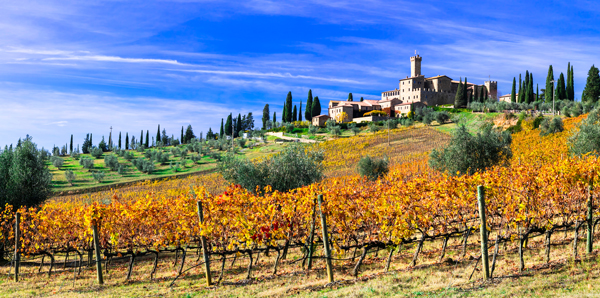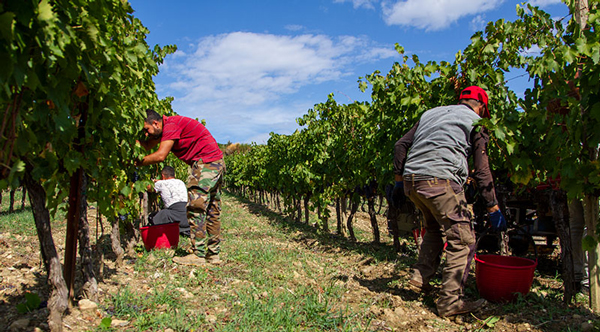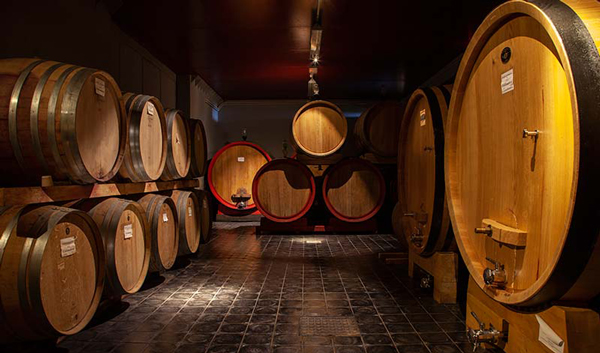
Have you ever found, upon opening a bottle of Brunello, that you’ve tasted it and thought ‘I like this, but it’s just a little too austere for me – where is the pure pleasure?’. If that’s crossed your mind and stopped you from getting really excited about the wines, then the 2017 releases are for you.
It was undeniably hot and rather dry – it barely rained from June to August, but if you know your site and worked with your vines then the results have been very good and critically, where they may have lost some points for finesse, they’ve taken them back for sheer pleasure.
This is a year where you expect to hear lines like – ‘it was a wine maker’s vintage’ and ‘it benefitted some terroirs and hampered others’ or even ‘this was very heterogeneous’. It is our way (and what we think is an intelligent way) of saying that really quality conscious producers still made lovely wine and less quality conscious producers made something pretty dull.
To be more specific, the best producers did something along the lines of the below:
In the vineyard
- Left ample leaf matter to shade their grapes
- Did not thin bunches, thus leaving a greater amount of fruit to absorb the sugars from the sun fuelled photosynthesis to keep alcohol levels reasonable
- Rigorous grape selection either removing unripe grapes where early picking was practised, or shrivelled grapes if hang times were longer

In the winery
- Intelligent declassification. This is more complicated to explain, but generally warmer years don’t benefit much from too much oak, so the best producers were very careful about which juice (i.e. the very best) was actually classified as Brunello, because it had the freshness and stuffing to benefit from the oak (which legally must be 24 months+). The rest, even if it came from vineyards legally classified as Brunello, was declassified to Rosso (which need not legally be oaked). This left both fantastic Brunello and incredible value Rosso (as it really should have been Brunello).
- Gentler extractions, as with any hot vintage, there is always the danger of an overly vigorous maceration drawing too much density from the grapes – the best producers treated them with a delicacy that is reflected in the final product.
- Cooler fermentations, used to promote aromatic tension.

Interestingly, despite the very dry period, there was a drop in temperature in September which, in the words of Sara Rossi from Padelletti ‘allowed us to arrive at harvest with good ripeness of grapes, polyphenols and seeds’. The last month was archetypal for the season, with temperature ranges exactly the same as 2016.
In 2017, much like the attitude you would take with Bordeaux or Burgundy, you’ve got to rely on the producers your favour to interpret the vintage well and come out with their style. It is far from universally successful, but we’re really quite smug about how the wineries we work with have managed to translate the weather and even more satisfied with the great scores they have achieved.
